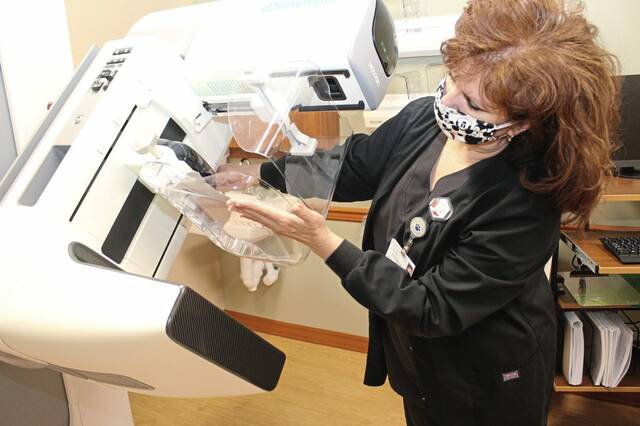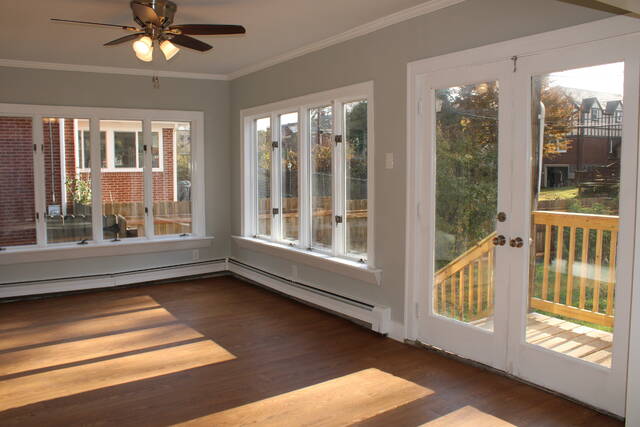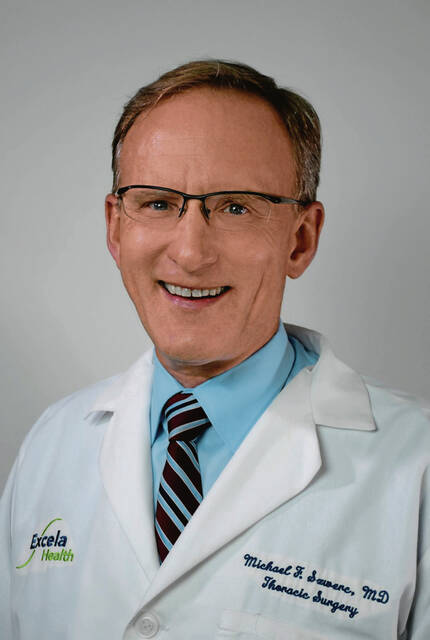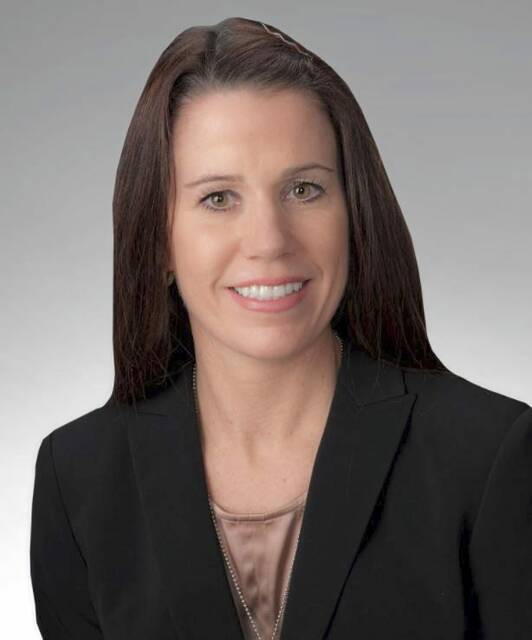Since the adoption of screening mammography in the United States, mortality from breast cancer has decreased 36%. Yet the disease remains a daunting one for women, with a lifetime risk of one in eight to develop breast cancer. Interestingly, 75% of women with a diagnosis of breast cancer have no family history of the disease.
To what do you attribute the advances that have been made in breast cancer mortality?
Dr. Goldstein: Improved outcomes from the treatment of breast cancer is multifactorial. Better chemotherapy, radiation and surgical options have contributed to this. The development of tamoxifen, an anti-estrogen agent, and Herceptin, a drug used to treat tumors with a higher than normal level of a protein called HER2 and drugs called aromatase inhibitors have all been significant factors. Additionally, more sophisticated, targeted treatments are being utilized to treat cancer that has spread beyond the breast.
How about advances in mammography?
Dr. Goldstein: Certainly, the advances in imaging technology have changed the way radiologists, oncologists and breast surgeons work, and it has had a material, positive impact on the lives of women who have experienced this technology. The spectrum of tools at our disposal have increased, and enhanced our ability to detect breast cancer at its earliest possible and most treatable stages of development. With the advent of 3D mammography, or digital breast tomosynthesis, we have realized a reduction in false positive and false negative studies that lead to unwarranted additional screening and additional patient anxiety. These better imaging modalities increase the number of breast cancers that we can pick up at earlier stages. We now also recognize the importance of dense breast tissue and the significant increase in the risk of cancer for women with dense breasts.
So, with all these advantages, why do women avoid mammograms?
Dr. Goldstein: Quite simply, the number one reason is fear of pain and discomfort during the procedure. Nearly 50% of women cite that as the reason for never having had a mammogram. Breaking that down further, 71% characterize that fear as force of compression, 52% as pinching of the breasts and 36% as time under compression.
What has Excela done to address that issue?
Dr. Goldstein: In 2020, Excela introduced Hologic’s SmartCurve Breast Stabilization System into its spectrum of breast imaging technologies available through our Breast Health Center. The SmartCurve System is designed to greatly improve comfort during breast compression, especially for women who experience pain using conventional, flat compression panels. SmartCurve provides a curved compression surface that offers a more comfortable patient experience without compromising image quality, exam time and radiation dose.
What makes SmartCurve unique?
Dr. Goldstein: It features a proprietary curved system that mirrors the shape of a woman’s breast, which reduces pinching and allows for better distribution of force over the entire breast. Moreover, it is also contoured to follow both the shape of the breast and the chest. This promotes more uniform compression as compared to flat paddles, while at the same time reducing the pressure needed to immobilize the breast.
And what have been patient reactions to the technology?
Dr. Goldstein: Data show the 93% of women who have experienced a SmartCurve mammogram reported increased comfort during the procedure and 95% would recommend a program utilizing it. The beauty of SmartCurve is its combination of a more comfortable, yet highly effective scan of the breast. In tandem, this will serve to encourage women to be more compliant in seeking screening mammograms and regular follow-ups as part of their routine healthcare regimen.
Any final takeaways with October being National Breast Cancer Awareness Month?
Dr. Goldstein: Facts are stubborn things and the facts behind the benefits of screening mammography are most compelling. It is life -saving technology. In addition to decreasing mortality, early detection with screening mammography allows for a wider range of treatment options should disease be found. And now the procedure is more comfortable than ever before. Women should talk to their doctor regarding personal risk factors to determine if early screening is beneficial. Should that not be an issue, they should start routine and regular screening exams at age 40. It’s a simple as that.








